Plant Study
Devil's Club Monograph (click me!)
Devil's Club is really lovable:

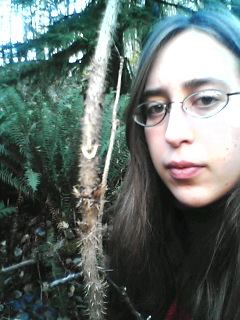
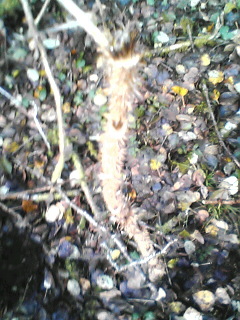 It grows out of the ground mostly upright, but it's often twisted in its own unique way.
It grows out of the ground mostly upright, but it's often twisted in its own unique way.
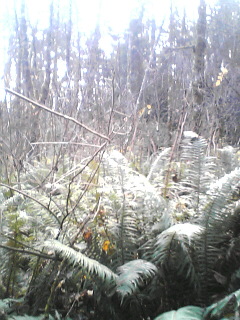
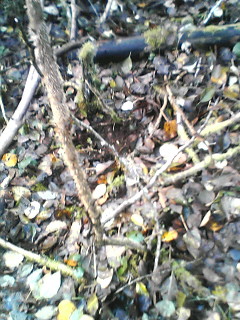
Some of that bright green in the background is Wild Ginger. Above is a thicket of Devil's Club. 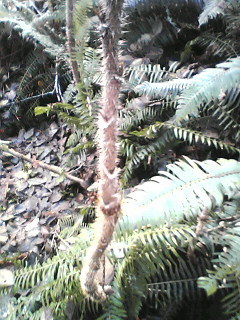
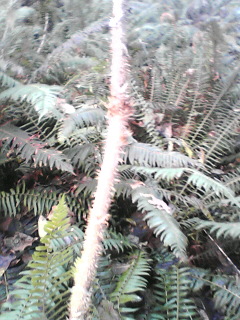
Narrative:
We live in the Pacific Northwest, and among the many precious natural treasures of this beautiful area is the incredible plant that goes by the name of Devil's Club. If you have seen it, and especially if you've touched it, you will remember it forever. You may have seen Devil's Club while walking on a moist and damp forest trail. Devil's Club appears to be sticking out of the ground with tall yet curvy stems that can be as thick as your thumb or thicker than your wrist, and these stems can be as tall as (or taller than) you, and they are covered with hard prickly spikes. The stems reach up to the sky in twisted pathways, and the stems are connected by underground parts called rhizomes.
In the spring, the tops of the stems give way to buds that produce gigantic green leaves that also have rows of spikes along their veins. Now these spikes can definitely hurt humans who touch them, which makes the plant seem unwelcoming at first. But those spikes protect this delicate plant, and we humans can benefit from what is inside this plant. The parts that we would use for medicine would be these underground parts. The rhizome, that underground part that connects the above-ground stems, has a very thin outer bark. When we scrape that outer bark away, there's another layer of bark, the inner bark: this inner bark is one of the parts of Devil's Club that can be used for medicine.
When we boil this inner bark in water to make a type of tea, Devil's Club can heal us in many ways; it can be used to clear out mucus and phlegm from the lungs. It can also be used to strengthen the body's natural talents for healing itself. While the spikes of Devil's Club protect the plant, Devil's Club's inner bark can protect our bodies from getting sick. In a quite magical way, Devil's Club knows just what to do inside our bodies, depending on what our bodies need at the time. I like to think of it in this way: the medicine from the inner bark makes our bodies more resistant to the forces that can make us sick, and it can help to clear signs of sickness away. In a sense, using Devil's Club gives our bodies invisible spikes that protect our bodies and also our minds and spirits.
My ancestors who lived in the cold rainforests of Alaska have used Devil's Club for thousands of years for many of the same purposes that we can use Devil's Club today. It has helped to protect them from sicknesses of the body, mind and spirit. For all this time, they have used Devil's Club in even the same forms that we can use it today. In fact, many of the doctors and researchers learned about all the good benefits of Devil's Club from watching and and talking to these Native American people, the Tlingit (pronounced like this: KLin-KET).
Devil's Club is a truly amazing plant and it can offer us so many gifts of health, but we must use it very carefully. Devil's Club grows mostly in the forests, near streams or wetlands and in fragile soils. Fortunately, Devil's Club can grow very well once it starts growing. But because Devil's Club is quite picky about what its home looks like, it is becoming a threatened plant. Human homes and other creations are making it harder and harder for Devil's Club to find long-term homes. So let's be very careful to not take too much Devil's Club out of its home areas, and let's do our best to make sure that our friends and families know to not disturb it or its home where it grows. If we keep doing our best to watch out for the health of Devil's Club in the wild, then hopefully, Devil's Club will keep watching out for us, protecting and strengthening us when we need it most.
